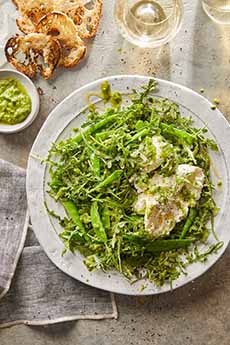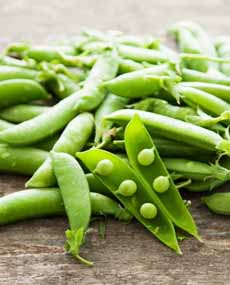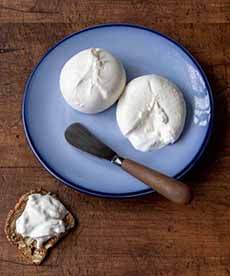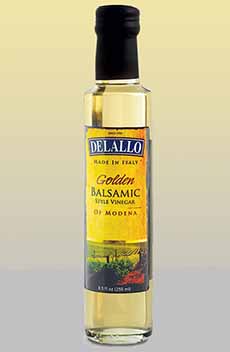RECIPE: Spring Salad With Burrata Cheese
|
|
The third spring greens recipe this series is a spring salad, snap pea and arugula salad with a pesto vinaigrette. It joins: It’s a taste of spring! Thanks to DeLallo for the recipe. Ingredients For 4-6 Servings For The Salad 1. SLICE the pea pods in half lengthwise, leaving some peas on each side of pods. 2. COMBINE the peas, arugula and basil leaves in a large bowl. 3. MAKE the dressing: Whisk together the vinegar and pesto in a small bowl. Once combined, whisk in the olive oil in a slow steady stream. Continue to whisk for an additional 1-2 minutes. Season with salt and black pepper. 4. POUR the dressing on the salad and toss to coat. Distribute onto individual plates and top with torn burrata, salt and pepper. Traditional balsamic vinegar, a dark and slightly sweet syrupy vinegar (here’s more about it). The authentic balsamics come from the Emilia-Romagna region of Italy and can be aged for 12 to 150 years. They are costly. The older the bottle, the costlier. A 12-year-old bottle on the shelf can be $40; the vinegars over 75 years old can cost hundreds of dollars. That’s because the older, more intense and more syrupy/concentrated balsamics get so by evaporating over time, so there is a longer holding cost and less vinegar to sell. Not surprisingly, counterfeit balsamics abound. Here’s the scoop on fake balsamic vinegar). Supermarket balsamics that cost $5-$10 a bottle are regular wine vinegar colored a deep dark brown with caramel. They’re not magnificent like authentic ones, but can be fine for salad dressings. The one problem with dark balsamic vinegar is that, whether in a dressing or a sauce, it can turn light-colored ingredients—fish, chicken breast, white cheeses like feta—a bit brownish. Thus, golden balsamic vinegar was born. It’s also called white balsamic. Golden balsamic vinegar originates from the same region of Italy as traditional balsamic vinegar. Instead of being made from an assortment of local grapes, it is made only from trebbiano grapes. It is cooked for many hours into a caramelized syrup, which is then aged to create the vinegar. |
|
|
Instead of aging the vinegar for years, golden balsamic is put in oak barrels or stainless steel for only one. The result is sweeter and simpler than traditional balsamic, but welcome when you don’t want your light ingredients to take on color—or when you want a naturally sweet vinegar for drizzles, fruit salads and other dishes. |
||






